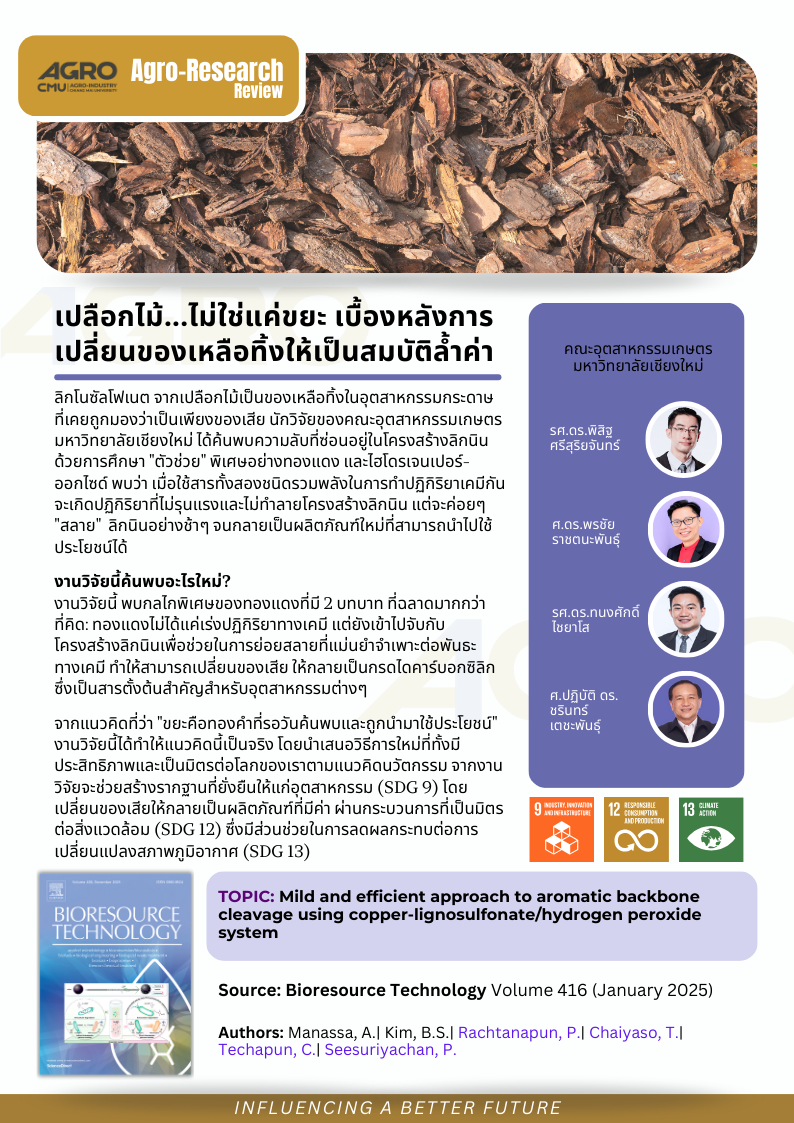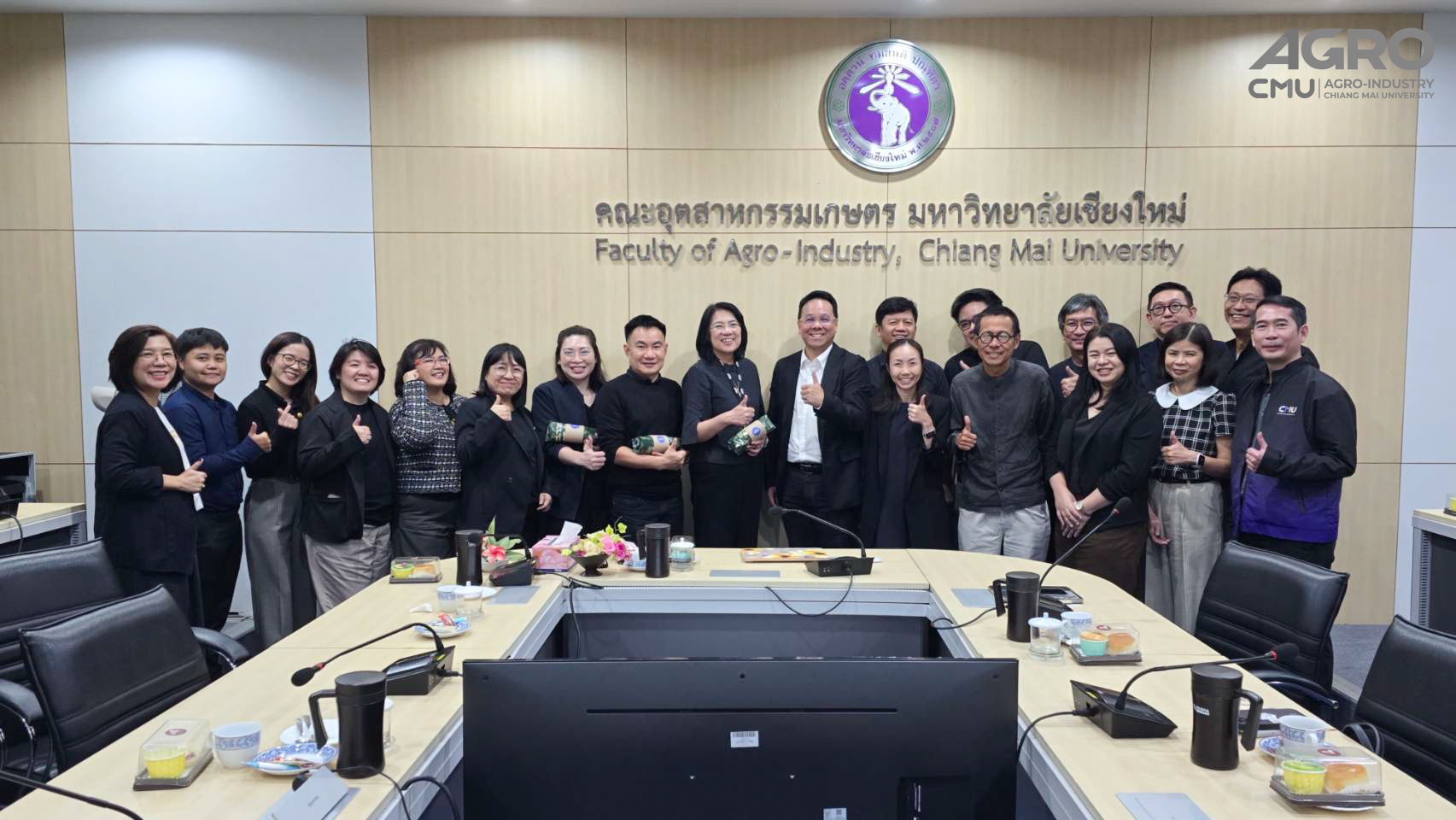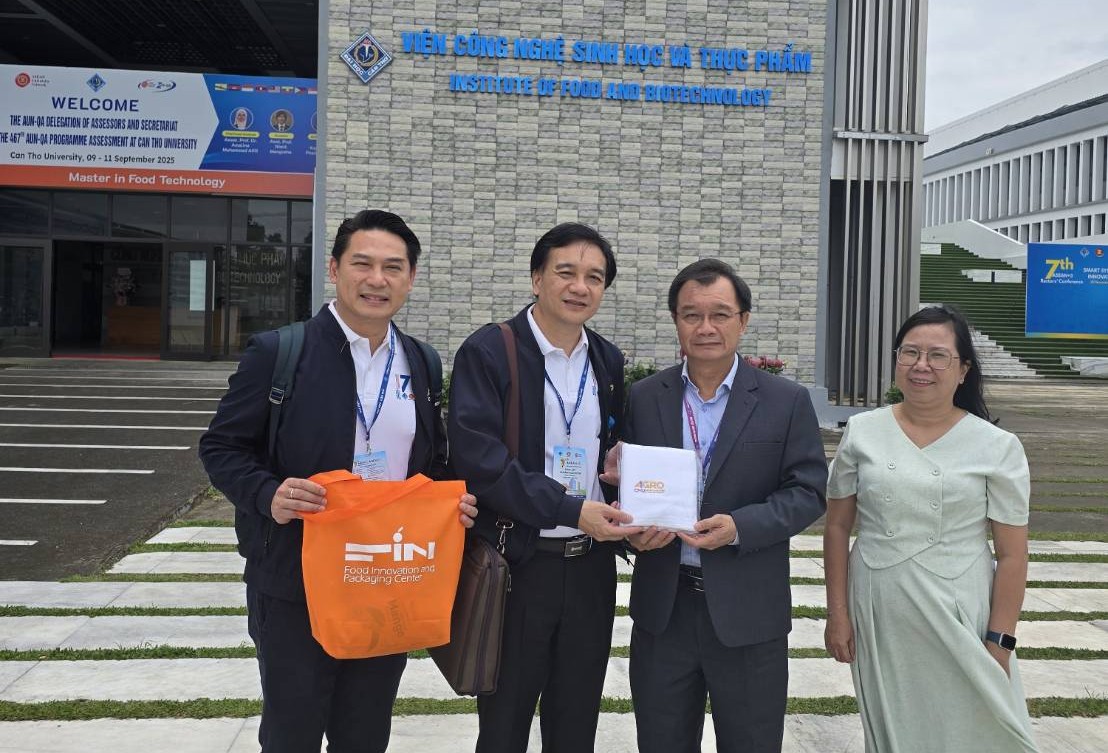
เปลือกไม้ไม่ใช่แค่ขยะ เบื้องหลังการเปลี่ยนของเหลือทิ้งให้เป็นสมบัติล้ำค่า
ลิกโนซัลโฟเนตจากเปลือกไม้เป็นของเหลือทิ้งในอุตสาหกรรมกระดาษที่เคยถูกมองว่าเป็นเพียงของเสีย นักวิจัยของคณะอุตสาหกรรมเกษตร มหาวิทยาลัยเชียงใหม่ ได้ค้นพบความลับที่ซ่อนอยู่ในโครงสร้างลิกนินด้วยการศึกษา "ตัวช่วย" พิเศษอย่างทองแดงและไฮโดรเจนเปอร์ออกไซด์ พบว่าเมื่อใช้สารทั้งสองชนิดรวมพลังในการทำปฏิกิริยาเคมีกันจะเกิดปฏิกิริยาที่ไม่รุนแรงและไม่ทำลายโครงสร้างลิกนิน แต่จะค่อยๆ "สลาย" ลิกนินอย่างช้าๆ จนกลายเป็นผลิตภัณฑ์ใหม่ที่นำไปใช้ประโยชน์ได้
งานวิจัยนี้ค้นพบอะไรใหม่?
งานวิจัยนี้พบกลไกพิเศษของทองแดงที่มี 2 บทบาท ที่ฉลาดมากกว่าที่คิด: ทองแดงไม่ได้แค่เร่งปฏิกิริยาทางเคมี แต่ยังเข้าไปจับกับโครงสร้างลิกนินเพื่อช่วยในการย่อยสลายที่แม่นยำจำเพาะต่อพันธะทางเคมี ทำให้สามารถเปลี่ยนของเสียให้กลายเป็นกรดไดคาร์บอกซิลิก ซึ่งเป็นสารตั้งต้นสำคัญสำหรับอุตสาหกรรมต่างๆ
จากแนวคิดที่ว่า "ขยะคือทองคำที่รอวันค้นพบและถูกนำมาใช้ประโยชน์" งานวิจัยนี้ได้ทำให้แนวคิดนี้เป็นจริง โดยนำเสนอวิธีการใหม่ที่ทั้งมีประสิทธิภาพและเป็นมิตรต่อโลกของเราตามแนวคิดนวัตกรรมจากงานวิจัยจะช่วยสร้างรากฐานที่ยั่งยืนให้แก่อุตสาหกรรม (SDG 9) โดยเปลี่ยนของเสียให้กลายเป็นผลิตภัณฑ์ที่มีค่าผ่านกระบวนการที่เป็นมิตรต่อสิ่งแวดล้อม (SDG 12) ซึ่งมีส่วนช่วยในการลดผลกระทบต่อการเปลี่ยนแปลงสภาพภูมิอากาศ (SDG 13)
--
Tree Bark... Not Just Waste: The Hidden Story of Turning Discards into Valuable Treasures
Lignosulfonate from tree bark is a byproduct of the paper industry that was once considered mere waste. Researchers from the Faculty of Agro-Industry at Chiang Mai University have uncovered secrets hidden within the lignin structure by studying a special "helper"—copper and hydrogen peroxide. They found that when these two substances work together in a chemical reaction, the process is gentle and does not destroy the lignin structure. Instead, it gradually "breaks down" the lignin, transforming it into new, usable products.
What’s new in this research?
This study discovered a unique mechanism of copper that plays two intelligent roles: not only does copper accelerate the chemical reaction, but it also binds to the lignin structure to assist in precise decomposition targeting specific chemical bonds. This allows waste to be converted into dicarboxylic acid—a key precursor for various industries.
Based on the idea that "waste is gold waiting to be discovered and utilized," this research brings that concept to life. It presents a new method that is both efficient and environmentally friendly. The innovation from this research lays a sustainable foundation for industry (SDG 9) by turning waste into valuable products through eco-friendly processes (SDG 12), contributing to the reduction of climate change impacts (SDG 13).
Topic: Mild and efficient approach to aromatic backbone cleavage using copper-lignosulfonate/hydrogen peroxide system
Authors: Manassa, A.| Kim, B.S.| Rachtanapun, P.| Chaiyaso, T.| Techapun, C.| Seesuriyachan, P.
Abstract:
This study investigates the dual role of copper ions in catalysis and complexation during the oxidation of lignosulfonates with hydrogen peroxide (H2O2) under alkaline conditions. The presence of copper ions reduces partial oxidation by 86 % compared to H2O2 treatment alone, enhancing overall conversion efficiency to 63 % under increased oxidative conditions. Analyses reveal that copper-lignosulfonate complexes facilitate redox cycling and hydroxyl radical generation through interactions with H2O2, confirming copper's dual functions. This mechanism mitigates the hindrance of sulfonic groups on hydroperoxide anions, leading to lignosulfonate degradation into dicarboxylic acids. These findings provide novel insights into the copper-lignosulfonate/H2O2 system, expanding the understanding of oxidative degradation mechanisms beyond traditional Fenton-like reactions. Furthermore, this system offers a simplified and efficient alternative for industrial applications, particularly in integration with the sulfite pretreatment process of woody biomass for producing valuable co-products.
Keywords: Alkaline oxidation; Fenton-like reactions; Lignin valorization; Lignin-metal complexation
View at publisher: https://www.sciencedirect.com/science/article/pii/S0960852424014330?via%3Dihub
#อกมช. #agrocmu #CMU






